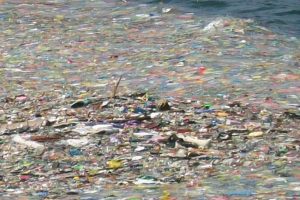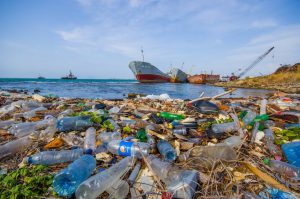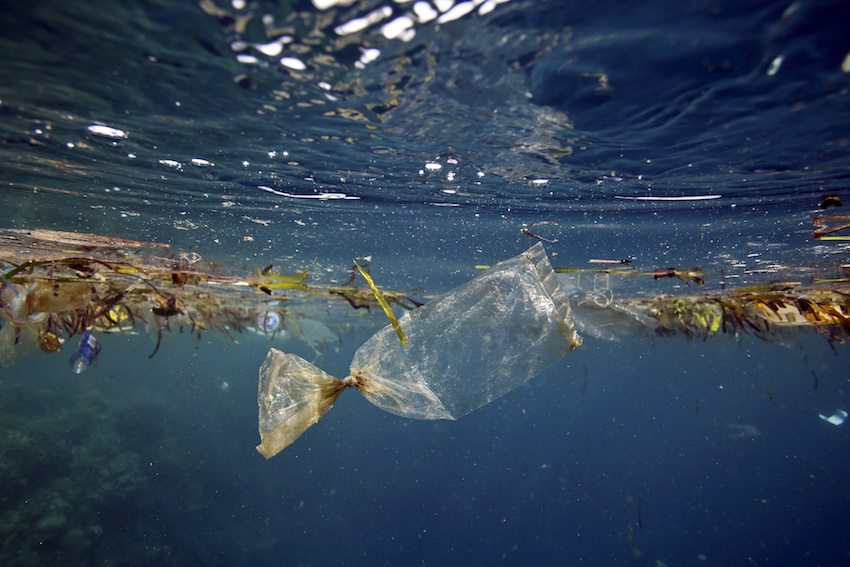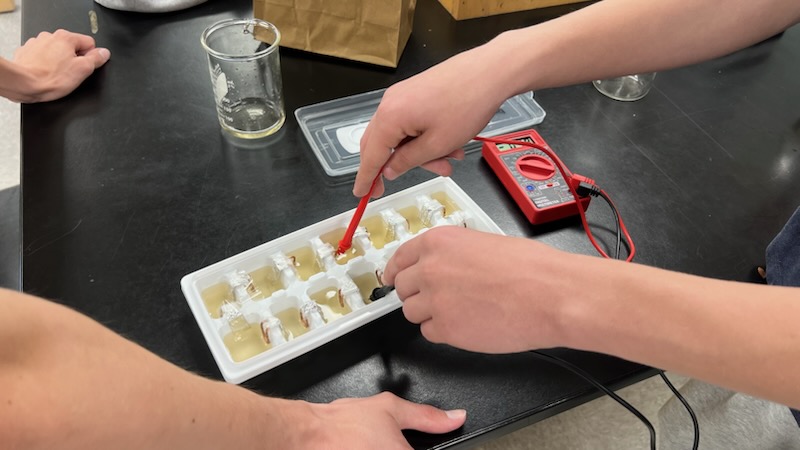
Pollution growing in the Pacific Ocean
Plastic water bottles, bags and other small items seem harmless to us, however to marine animals, these items can be deadly. Each piece of plastic, or any other piece of trash that makes its way into the ocean, takes years to break apart. The sea is slowly turning into an ocean of plastic.
Over the past few years, a large collection of debris known as the Great Pacific Garbage Patch has come to the attention of people across the world. The patch expands from the west coast of North America to Japan.
According to the Marine Debris website most of the debris is not visible. Much of it is too small for the naked eye to notice right away.
“The name “Pacific Garbage Patch” has led many to believe that this area is a large and continuous patch of easily visible marine debris items such as bottles and other litter. Higher concentrations of litter items can be found in this area, along with other debris such as fishing nets, much of the debris is actually small pieces of floating plastic that are not immediately evident to the naked eye.”
The garbage is constantly mixed by the wind and waves. These actions are causing the debris to widely spread over vast surface areas. It is hard to estimate the size of the debris because it changes with the wind and ocean currents.
In 2014, the New York Times wrote an article on this massive spread of debris. Certain areas of the garbage patch are so dense and tightly packed, it is almost possible to walk on top of it.
“Plastics of every description from toothbrushes to tires to unidentifiable fragments too numerous to count floated past our marine research vessel Alguita for hundreds of miles without end. We even came upon a floating island bolstered by dozens of plastic buoys used in oyster aquaculture that had solid areas you could walk on.”
Plastics are one of the most popular pollutants of ocean waters all across the world. They are pushed by winds, tides and currents. Often plastic particles form with other debris into large gyres. Gyres cover as much as 40 percent of the planet’s ocean surface.
About 1 million birds and 100,000 mammals are killed by the pollution each year. They mistake the debris as food and digest those toxins causing strain on their vital organs, or they are unable to swallow the plastic and end up choking to death. One study suggests that by the year 2050, the amount of plastic in the ocean will outnumber the amount of fish in the ocean.
The National Oceanic and Atmospheric Administration in the United States supports environmentalist groups that remove debris from beaches. However, the technology they use to clean up the debris is not sufficient. They are unable to get rid of the garbage gyres. Currents are to strong and continuously moving, causing the debris to spread and mix.

However, some groups use the ocean currents to help them clean up the ocean. The Ocean Cleanup project recently built a type of artificial coastline in the middle of the garbage patch. This ‘coastline’ was strategically placed so that the ocean currents will filter through it, leaving the plastic trapped on one side. However it has been designed so that fish and other marine life will still be able to swim underneath it.
Technology like this speeds up the process of the ocean cleanup. The Ocean Cleanup group believes their system could clean up to half of the garbage patch in ten years.
However if people around the world continue to dump things like plastic and other kinds of trash into the ocean, the cleanup will take much longer. It is important for everyone to remember that they play an important role in the cleanup of the ocean.
Organizations such as the Monterey Bay Aquarium remind visitors to do their part to keep the ocean clean. The aquarium itself has its own Conservation and Science department to ensure that the ocean is enjoyed for many generation to come.
The next time you toss a piece of garbage to the side, remember the effect it could have on the world’s environment. Do your part today to help eliminate the ocean of plastic.
To read another article check out, Mike’s Grill draws crowds with smoky smell, tasty grilled meats
Mariana Fikse can be reached via Facebook, Instagram and Twitter.
Vanessa Wood can be reached via email.





Reece Trevino • Dec 1, 2016 at 1:01 pm
thats not good
Claire • Nov 30, 2016 at 9:55 am
Poor fish 🙁
Slater Wade • Nov 29, 2016 at 12:06 pm
Wow very intriguing
Katy Blankenship • Nov 29, 2016 at 11:14 am
Very important reminder to be kind to our oceans!